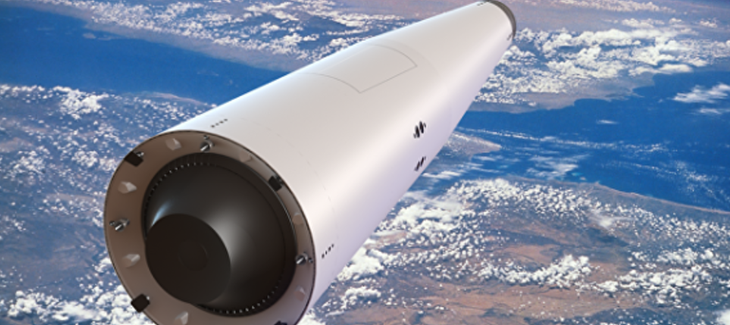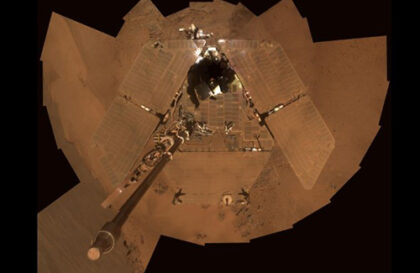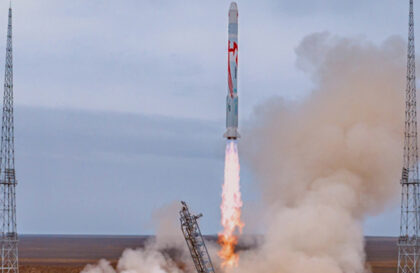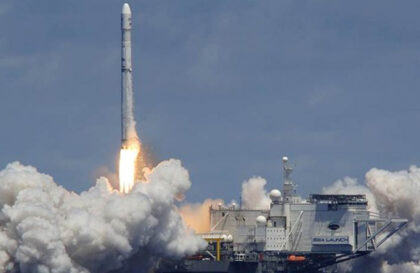CORONA is a Russian reusable single-stage launch vehicle (LV) with vertical take-off/landing.
Due to technology limitations, the development of single-stage rockets stopped until the 90s of the 20th century. Such a rocket could not reach a speed of at least 8.5 km/s to enter low Earth orbit. But today, they have prospects for near-Earth astronautics.
According to the formula of Tsiolkovsky (a Russian and Soviet self-taught scientist who developed theoretical issues of cosmonautics), for oxygen-hydrogen engines with an exhaust velocity of 4500 m/s, a design perfection of at least 0.15 is required (excluding payload and return fuel). At the beginning of the 20th century, realizing the difficulty of creating such rockets, Tsiolkovsky proposed rocket trains – a prototype of multi-stage launch vehicles, parts of which were separated as fuel was exhausted and speed was gained.
Modern technologies make it possible to implement single-stage rockets without detachable elements.
As of 2013, a number of similar projects in the style of “one stage into orbit” are known as Delta Clipper (English)rus. (DC-X, USA), RVT (English) Russian. And Kankoh-maru (English)Russian (Japan), Armadillo Aerospace projects, single-stage reusable launch vehicle (SMRN) project
What is the Russian “CORONA”?
The rocket economically provides the ability to deliver cargo into orbit, with up to 100 uses, having a launch mass of 302-315 t and a height of 42.15 m, with a payload of up to 7 t (15,000 lb) in low Earth orbit (about 200-500 km or (120–310 miles)).
Using reusable upper stages, the rocket can launch and return payloads into orbits up to 10,000 km (6,200 miles). The fuel is oxygen/hydrogen. The propulsion engine resembles the J-2T Rocketdyne series engines.
A unique feature of the layout is the cone-shaped body of the launch vehicle and the payload compartment’s location in the launch vehicle’s central part. When returning to Earth, the launch vehicle, controlled by low-thrust jet engines, performs active maneuvering using the lifting force of the body in the upper atmosphere to reach the cosmodrome area.
CORONA launch vehicle on the take-off and landing pad of the cosmodrome (illustration). Credit: Wikipedia (public source)
Takeoff and landing are carried out using simplified launch facilities with a runway. Take-off and landing using take-off and landing shock absorbers located in the aft part. A launch vehicle of this type can be used for launches from offshore platforms since it does not require a runway for landing and can use the same site for takeoff and landing.
This launch vehicle can seriously compete with modern disposable launch vehicles because the return on investment will occur after seven years of rocket operation (if the number of launches remains current) or after a year and a half (if the number of launches increases).
The rocket developed by McDonnell Douglas – Delta Clipper DC-X is the most similar to this launch vehicle. This model reusable launch vehicle made 12 test flights within the Earth’s atmosphere in the 90s of the 20th century.
The main advantages of a single-stage launch vehicle are low cost due to reusability, high launch frequency, and the ability to return cargo, refuel, and repair objects in orbit.
Banner image: According to the project, a 30-meter rocket with a diameter of up to 10 m at its widest part will have a launch mass of about 300 tons and carry up to 7 tons of payload. Credit: Wikipedia (public source)
Image credit:
https://ru.wikipedia.org






